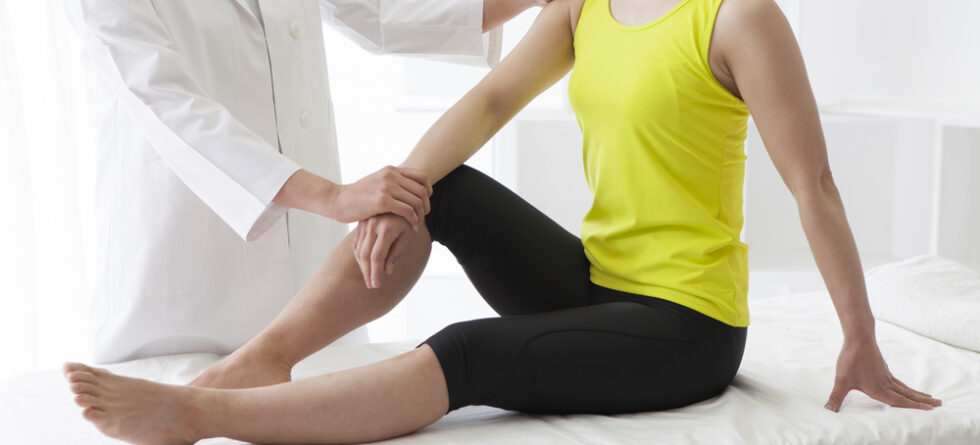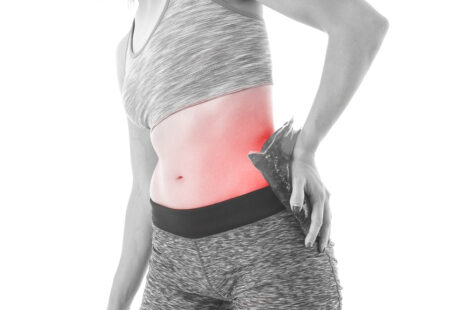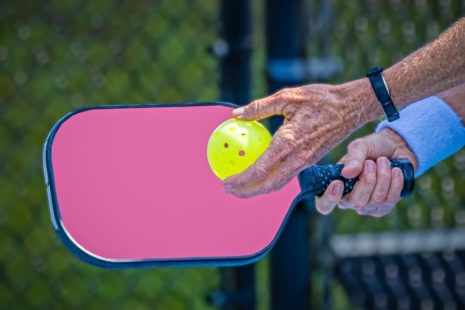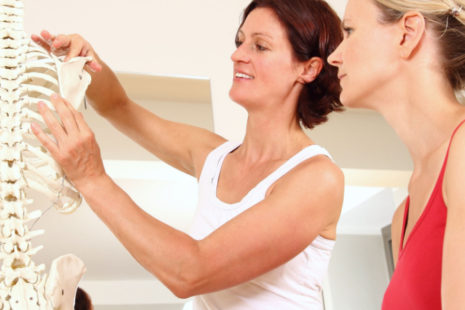Physical therapy for a rotator cuff injury typically includes a combination of exercises and modalities aimed at reducing pain, improving range of motion, and strengthening the muscles around the shoulder joint.
Some common physical therapy techniques for rotator cuff injuries include…
- Range of Motion Exercises – Gentle movements to improve flexibility and restore full range of motion in the shoulder joint.
- Strengthening Exercises – Targeted exercises to strengthen the muscles of the rotator cuff and surrounding shoulder muscles. These may include resistance band exercises, dumbbell exercises, and bodyweight exercises.
- Stretching – Stretching exercises to alleviate muscle tightness and improve flexibility in the shoulder and surrounding muscles.
- Manual Therapy – Hands-on techniques performed by a physical therapist to mobilize and manipulate the shoulder joint and soft tissues. This may include massage, joint mobilization, and myofascial release techniques.
- Modalities – Therapeutic modalities such as heat, ice, ultrasound, electrical stimulation, or laser therapy may be used to reduce pain, and inflammation, and promote tissue healing.
- Postural Correction – Education and exercises to improve posture and alignment, can help alleviate strain on the shoulder joint and promote optimal movement patterns.
- Functional Training – Specific exercises and activities designed to simulate functional movements and activities of daily living, gradually progressing to more challenging tasks as the shoulder heals.
- Activity Modification – Guidance on modifying activities or movements that may exacerbate symptoms or strain the shoulder joint, helping to prevent further injury or irritation.
Note that the specific physical therapy program will vary based on the individual’s condition, severity of the injury, and response to treatment. A physical therapist will assess the patient’s needs and develop a tailored rehabilitation plan to address their specific goals and challenges related to the rotator cuff injury. Consistent participation in physical therapy exercises and adherence to the prescribed program are essential for achieving optimal outcomes and restoring function in the shoulder joint.




